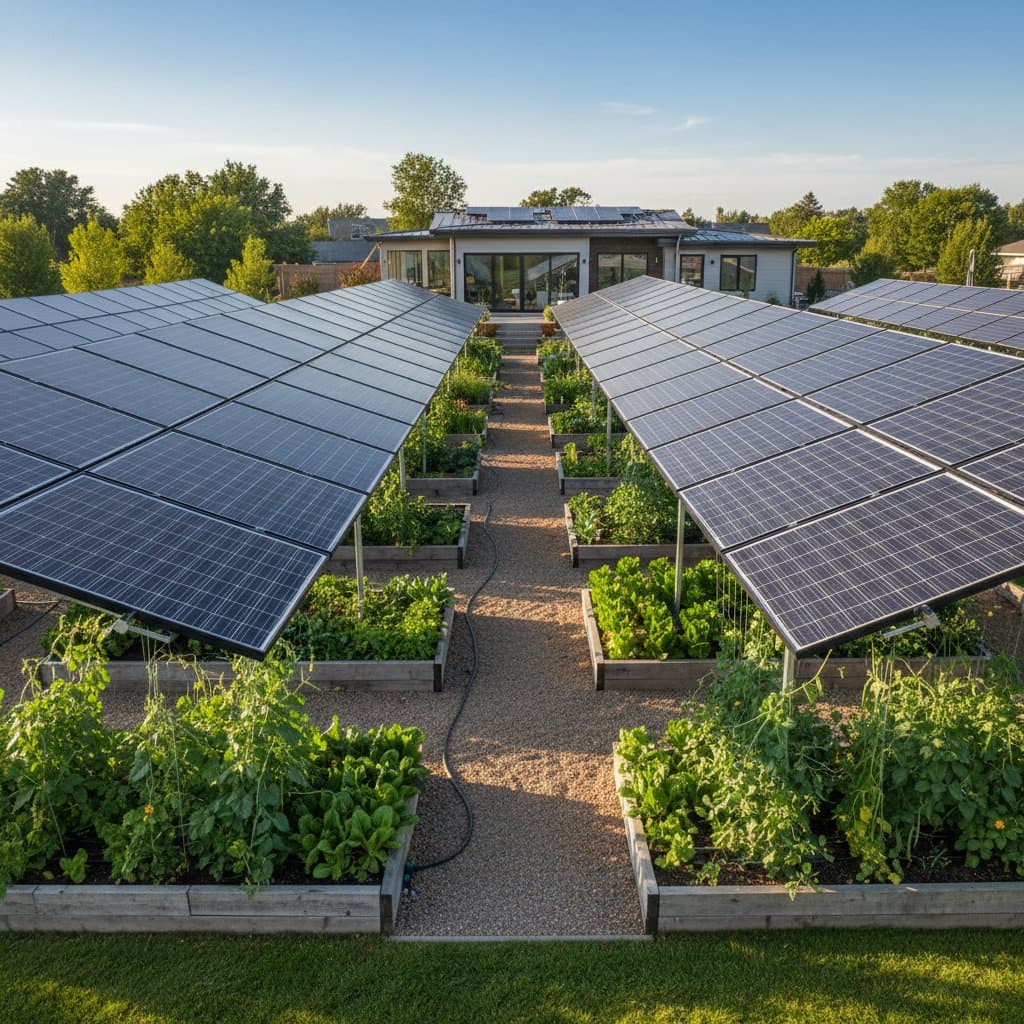Transform Your Home with Passive House Retrofits in 2025
Why Passive House Retrofits Are a Game-Changer
Imagine a home that stays warm in winter and cool in summer without skyrocketing energy bills. Passive House retrofits make this reality possible, cutting energy use by 60 to 90 percent while enhancing comfort and durability. These upgrades go beyond simple fixes, addressing every layer of a home, from insulation to ventilation, to create a space that is efficient and resilient. For homeowners in 2025, this approach offers a timely solution to rising costs and shifting climate patterns.
Retrofits impact more than just utility bills; they reshape daily living and long-term property value. Financially, the initial investment pays off through monthly savings, lower maintenance needs, and a boost in resale potential as buyers prioritize energy-efficient homes. Environmentally, reducing a home's energy demand shrinks its carbon footprint, contributing to broader sustainability goals. On a personal level, these homes are quieter, free of drafts, and maintain consistent temperatures, while improved air quality supports healthier living by minimizing pollutants and allergens.
Breaking Down the Costs and Returns
The cost of a Passive House retrofit depends on the scope of work, the home's condition, and its size. Basic upgrades, such as air sealing and modest insulation improvements, typically range from $20,000 to $50,000, yielding energy savings of 30 to 50 percent. A more comprehensive retrofit, incorporating full insulation, triple-pane windows, and advanced ventilation systems like heat recovery ventilators (HRVs), can cost between $60,000 and $150,000, with savings reaching 60 to 90 percent. For those aiming for near-certification standards under the Passive House EnerPHit program, deep retrofits may climb to $150,000 or beyond, maximizing efficiency and comfort.
Returns on investment are measurable and immediate. Annual energy savings often fall between $1,500 and $4,000, depending on local climate and utility rates, with payback periods spanning 10 to 20 years. Beyond dollars saved, property values can rise by 5 to 15 percent with documented efficiency upgrades, and the benefits of a healthier, more comfortable home begin the moment work is complete. A practical tip for budgeting: always set aside an additional 10 to 15 percent for unexpected issues, as older homes often reveal hidden challenges like outdated wiring or moisture damage during renovation.
Key Factors Shaping Your Retrofit Project
Several elements influence the scope, cost, and timeline of a retrofit. Climate plays a significant role; homes in colder regions need robust insulation and airtightness to combat heat loss, while those in warmer areas benefit from shading and ventilation strategies to manage heat gain. Local building codes also matter, as some regions offer rebates or tax incentives for energy upgrades, while others enforce strict permitting processes that add time and expense.
The age and design of a home further complicate planning. A mid-century structure presents different challenges than a Victorian or modern build, with variations in wall construction, roof design, and foundation affecting retrofit strategies. Market conditions, including labor availability and material costs, introduce additional variables, so flexibility in scheduling can help manage expenses. Understanding these factors upfront allows homeowners to tailor their approach for maximum impact.
Answers to Common Retrofit Questions
- Must I complete the entire retrofit at once? No, phased approaches work well. Begin with foundational upgrades like insulation and window replacements, then progress to ventilation or heating systems over time, ensuring each step aligns with the overall plan.
- Is Passive House certification required? Not at all. While certification adds resale value and verifies quality, following Passive House principles without formal recognition still delivers substantial energy and comfort benefits.
- Can I handle some tasks myself? Certain elements, like basic air sealing or insulation in accessible spaces, suit DIY efforts. However, complex systems, structural changes, or airtightness testing for certification demand professional expertise.
- How do retrofits impact indoor air quality? They improve it significantly. Systems like HRVs bring in filtered fresh air while expelling stale air, reducing mold risks and enhancing respiratory health.
- Are retrofits valuable in mild climates? Yes, even in temperate areas, benefits like consistent comfort, humidity control, and lower bills justify the investment, alongside durability against seasonal shifts.
Turning Plans into Reality
Embarking on a Passive House retrofit is about crafting a home that aligns with both practical needs and future aspirations. Start with achievable steps, such as sealing leaks and upgrading insulation, before advancing to sophisticated systems or renewable energy options. Balance your budget with your vision, focusing on what will make your space feel right for your family while securing long-term savings and resilience.
Consider the transformation as a commitment to a better way of living. A retrofitted home is not just efficient; it is a sanctuary of comfort, a shield against unpredictable energy costs, and a valuable asset in an evolving market. By prioritizing airtight design and thoughtful upgrades, you are building a foundation for decades of ease and sustainability. Take the first step in 2025, and redefine what home means for you.





